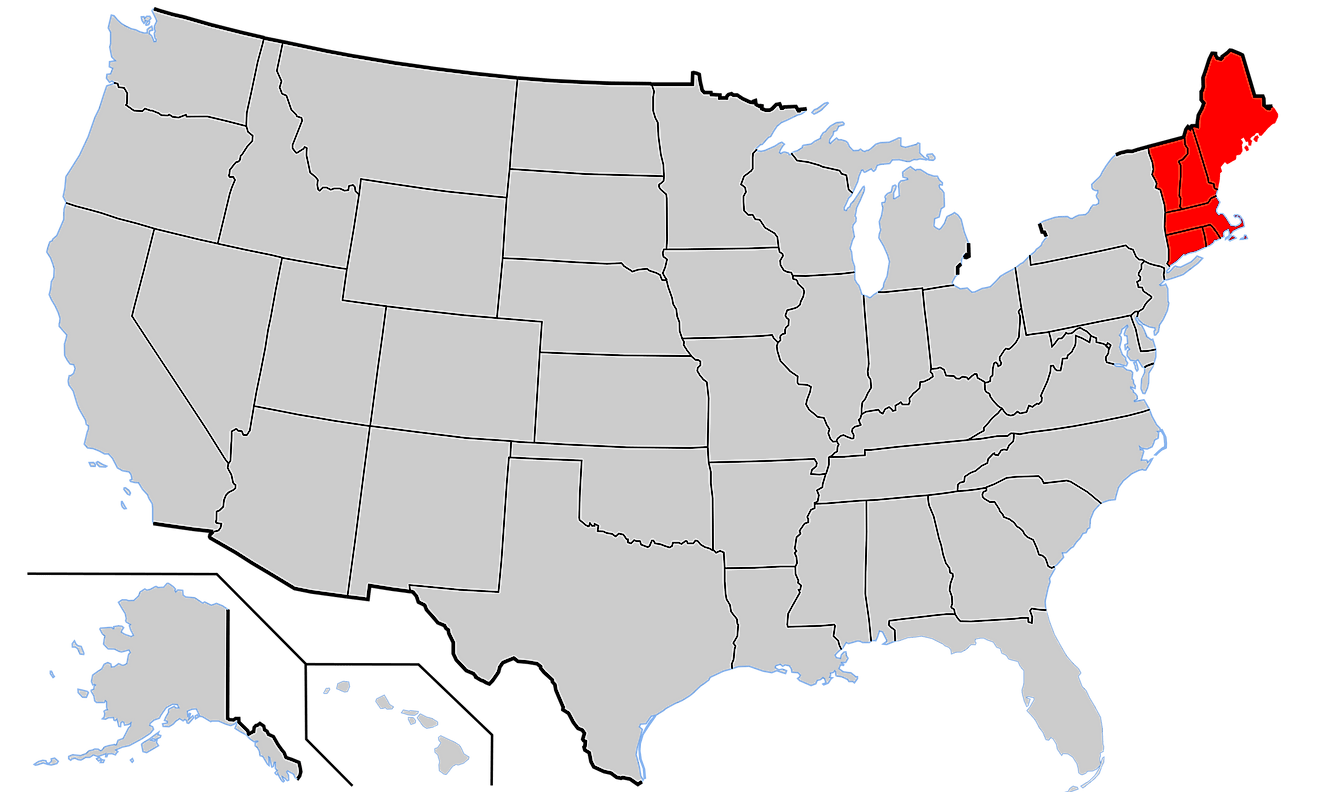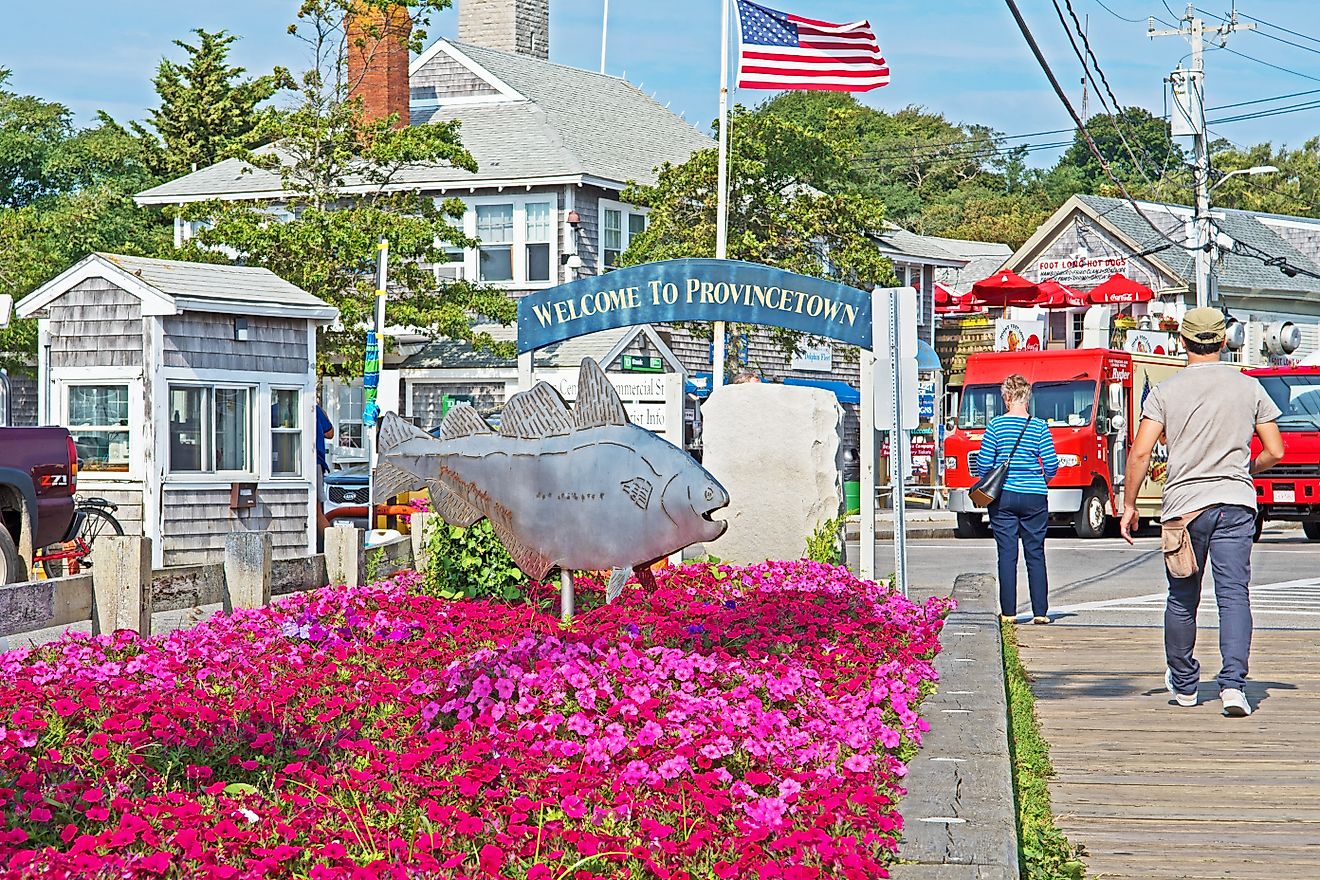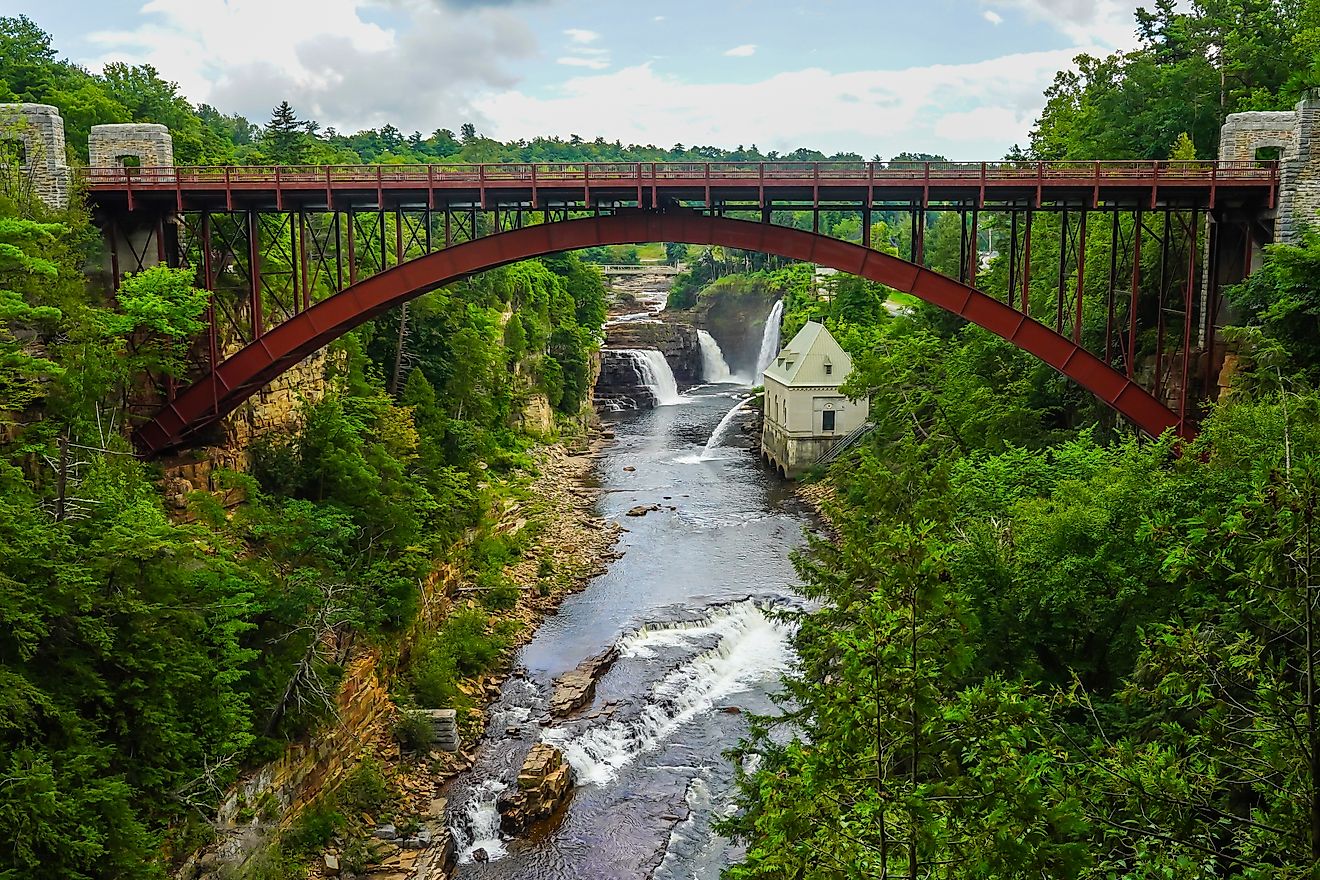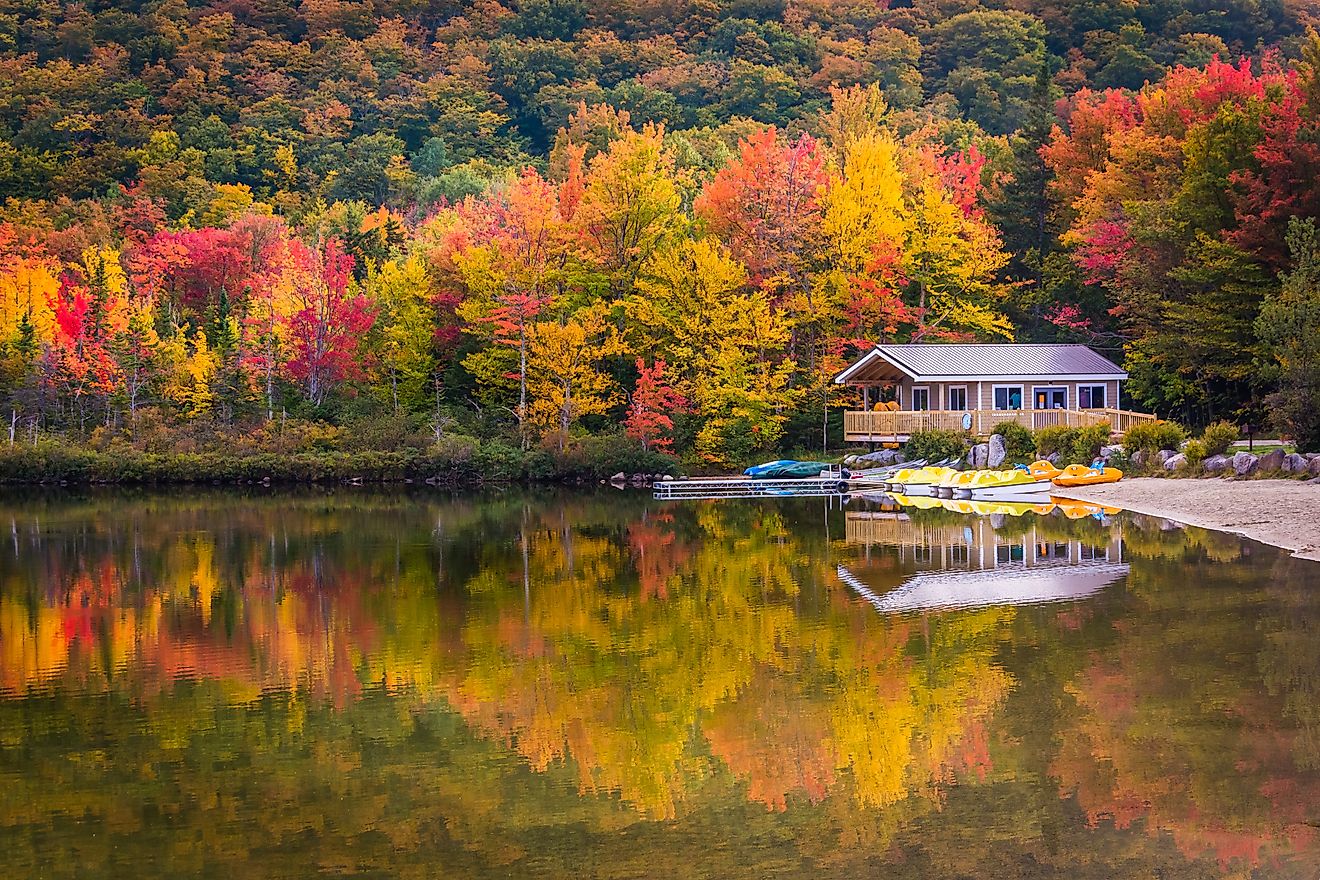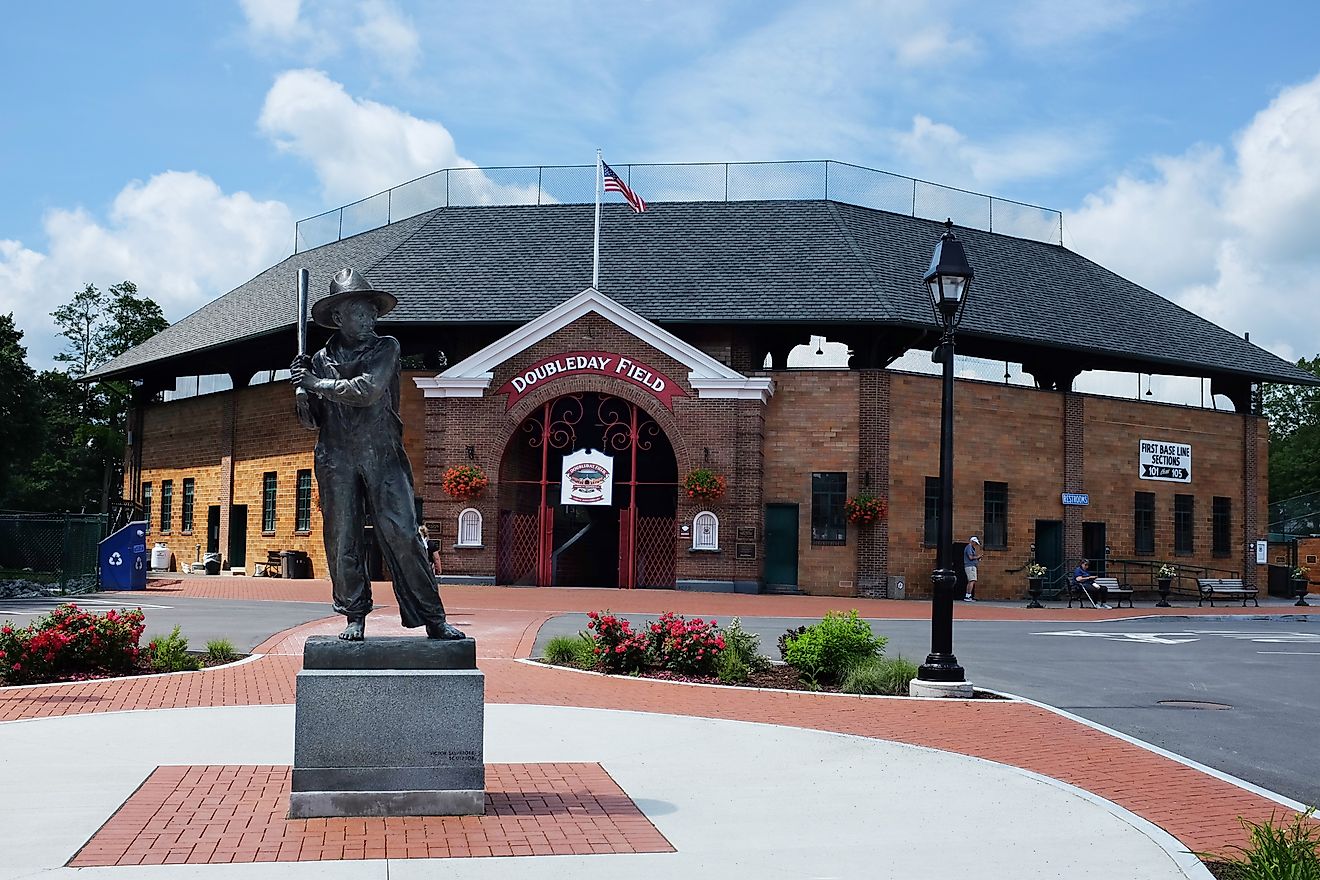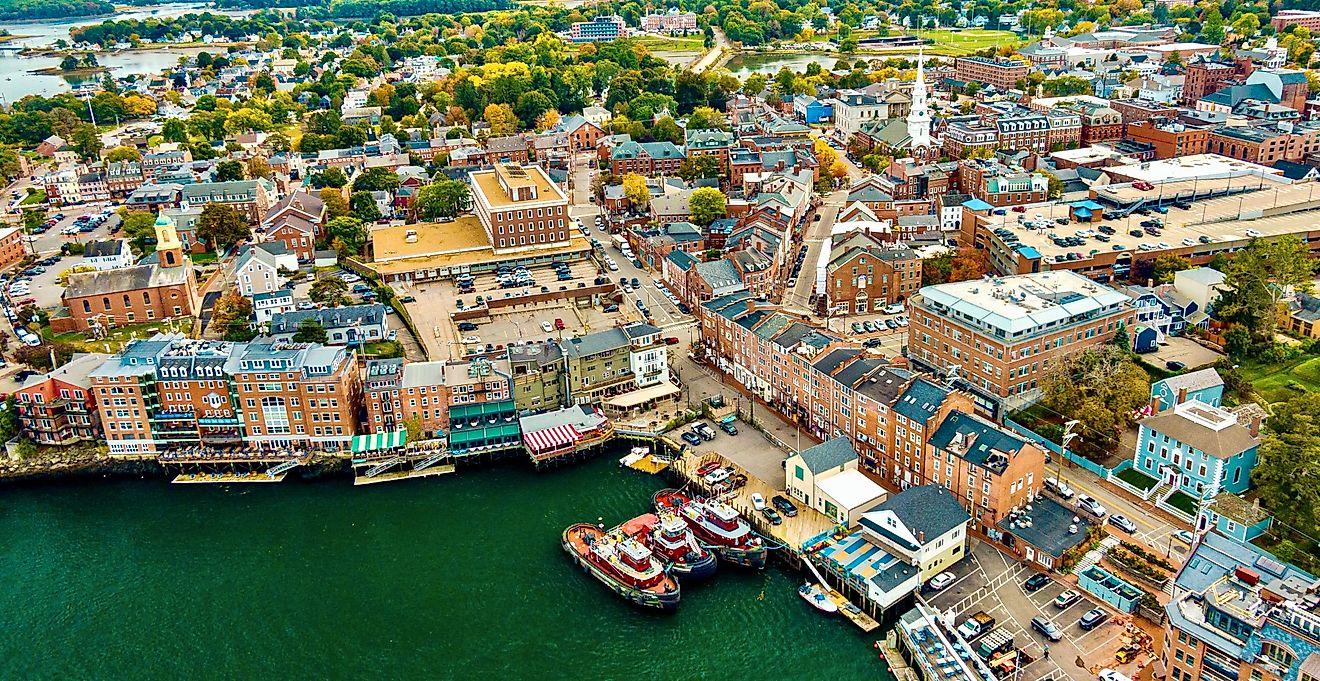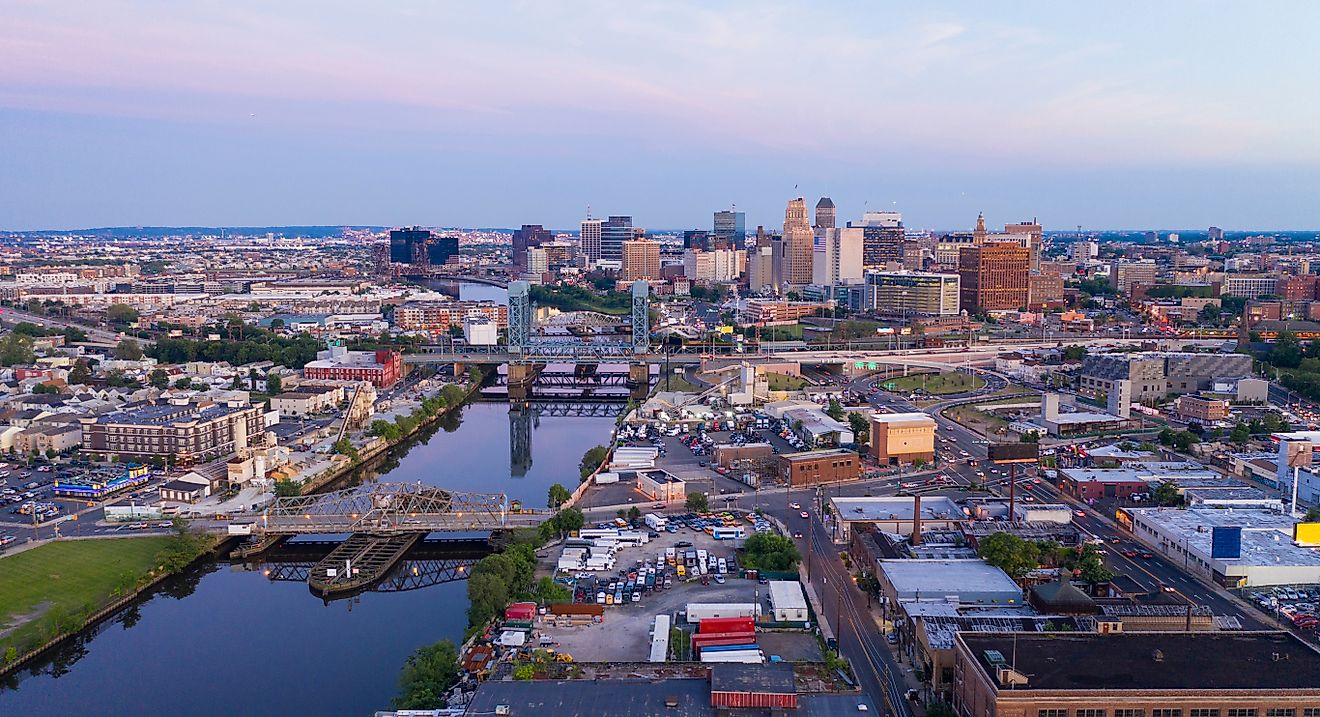
New River Gorge
Deep within the Appalachian Mountains of southern West Virginia, New River Gorge National Park and Preserve stands as one of America’s most exhilarating and ecologically rich destinations. Spanning 53 miles from Hinton to Hawks Nest State Park, this awe-inspiring landscape encompasses rugged cliffs, forested valleys, and the powerful New River—a body of water so ancient it predates the Appalachians themselves.
Designated as a national river in 1978 and elevated to national park and preserve status in 2020, New River Gorge blends cultural heritage, geological wonder, and world-class recreation into one dramatic river corridor. Whether you're chasing adrenaline on whitewater rapids or exploring forgotten mining towns swallowed by forest, the gorge tells a story of both primal nature and American grit.
From River to National Park
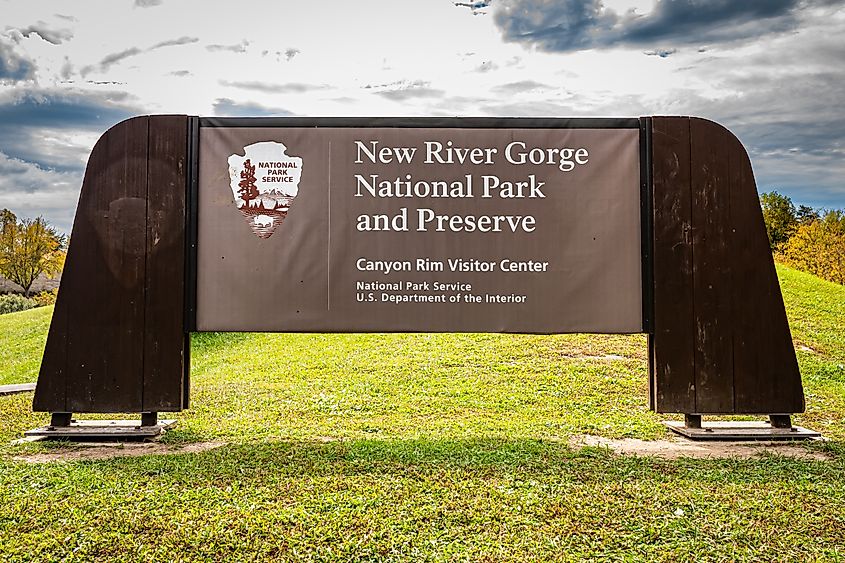
The idea to protect the gorge began gaining traction in the 1970s. On November 10, 1978, President Jimmy Carter signed the legislation that created the New River Gorge National River, with the intent of conserving its natural and cultural resources while preserving the New River as a free-flowing stream for generations to come.
In 2020, the area received a new distinction. The New River Gorge National Park and Preserve Act—signed into law as part of the Consolidated Appropriations Act—made it the 63rd national park in the United States. Unlike most national parks, the New River Gorge has a dual designation: just over 7,000 acres were set aside as a national park (where hunting is restricted), while more than 65,000 acres remain as a preserve where hunting is still permitted.
A Geologic Time Capsule
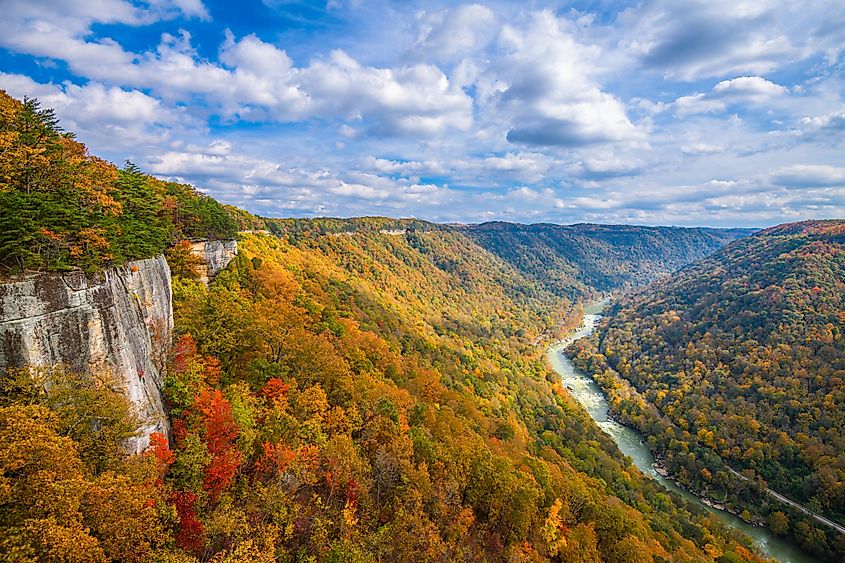
At the heart of the park is the New River itself, cutting through the Appalachian Plateau to form the longest and deepest river gorge in the eastern US. Over millennia, flowing water has carved more than 1,000 feet of exposed sandstone and shale, revealing plant fossils, steep drop-offs, and boulder fields scattered from the rim to the riverbanks.
The cliffs lining the gorge are composed of Nuttall sandstone—one of the hardest sandstones in the world—which not only shapes the gorge’s vertical grandeur but also makes it a paradise for rock climbers. The exposed coal seams along the gorge once powered trains, fueled iron furnaces, and supported the rise of American industry with what was considered some of the finest bituminous coal on Earth.
Biodiversity on a Grand Scale
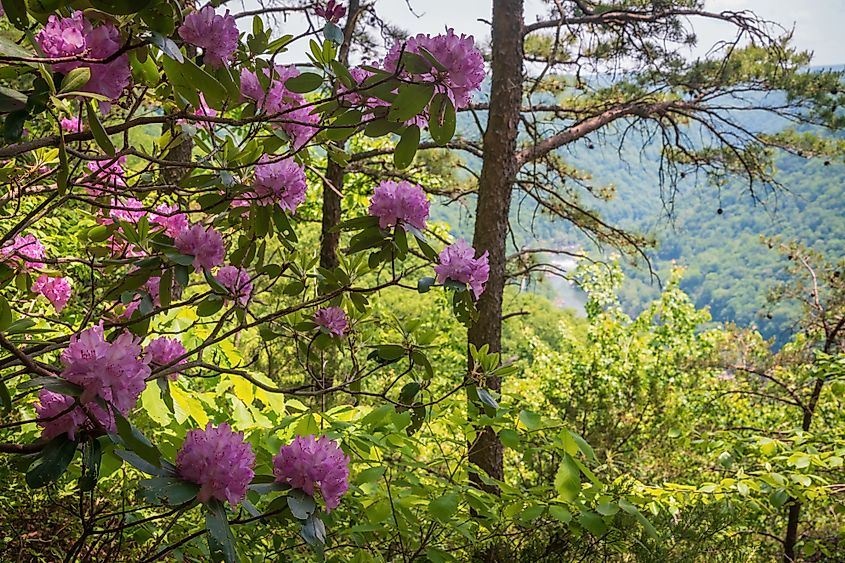
New River Gorge is far more than a scenic backdrop—it’s a biodiversity hotspot. The park is home to over 1,300 plant species and 40 unique plant communities, including 54 rare species. The combination of unfragmented forests, riparian corridors, and wetland seeps creates habitat for a broad array of life.
More than 60 species of mammals live here, including endangered Indiana bats and Virginia big-eared bats that find refuge in old mine shafts and cliffside forests. Nearly 50 species of amphibians thrive in the gorge, among them the elusive eastern hellbender and black-bellied salamander.
Birdwatchers flock to the park during migratory season, especially in fall, when thousands of hawks ride the thermals overhead. Wood warblers, thrushes, and vireos that breed in Central and South America rely on this intact Appalachian forest to reproduce. And now, with the help of a reintroduction program, peregrine falcons have once again begun to soar over the cliffs of the gorge.
Aquatic Wonderlands
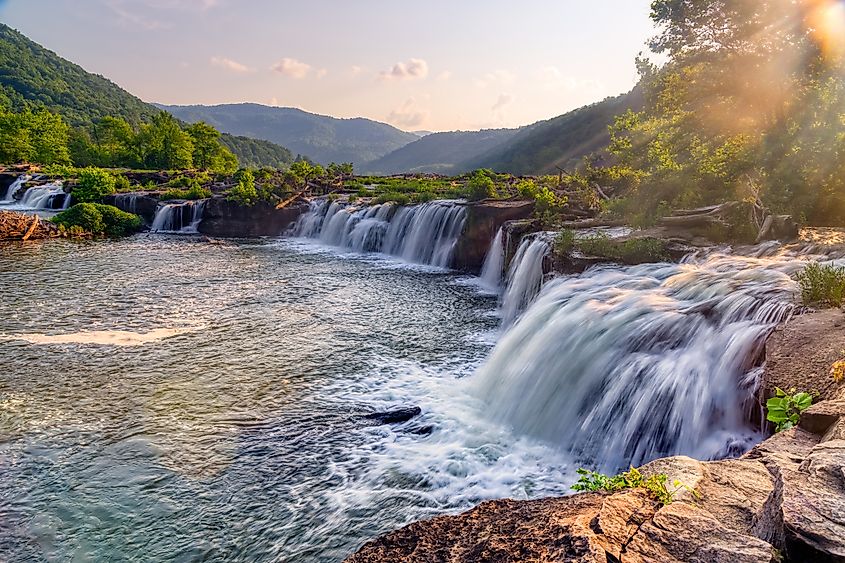
The New River is more than a rushing torrent—it’s one of the most biologically diverse aquatic ecosystems in the East. It boasts an impressive range of hydrologic features: pools, backwaters, chutes, rapids, and waterfalls that support native fish species like smallmouth bass, as well as mussels, crayfish, and aquatic plants.
The river's dynamic flow also supports a vibrant riparian zone—a ribbon of green habitat along the water’s edge that nurtures rare species and helps stabilize the riverbanks. For those who love fishing, the New River is a premier warm-water fishery, with a diversity of game fish unmatched in the region.
Human History Etched in Stone and Steel

New River Gorge isn’t just about nature—it’s a corridor steeped in Appalachian and industrial history. Before the railroad opened up the gorge in 1873, early settlers and subsistence farmers made a living off the land. By the late 19th century, the discovery of coal turned the gorge into an industrial powerhouse.
Today, visitors can explore the remnants of once-thriving coal towns like Nuttallburg, Thurmond, and Kay Moor. Many of these sites include coke ovens, rail depots, trestle bridges, and mine entrances—offering an evocative look into a time when the New River Coalfield fueled a growing nation.
Abandoned towns like Hamlet and restored depots at places like Thurmond tell the story of the timber and railroad industries. Meanwhile, interpretive signage and guided tours help visitors connect with the cultural legacy embedded in these ruins.
Adventure in Every Direction
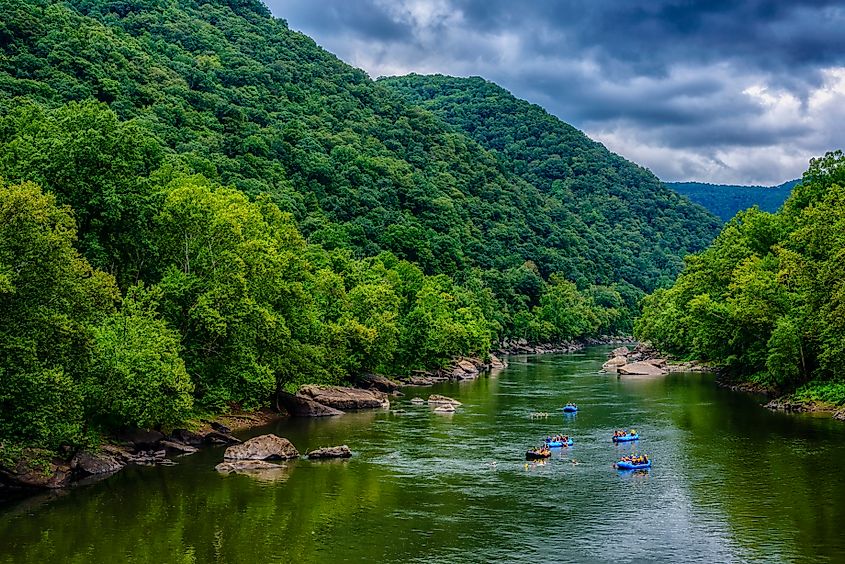
The New River Gorge is one of the most beloved outdoor recreation destinations on the East Coast. With over 50 miles of trails, hundreds of climbing routes, and world-famous whitewater rapids, it attracts thrill-seekers and explorers.
Whitewater Rafting
The Lower Gorge is legendary among whitewater rafters. With rapids that range from Class III to Class V, this section from Cunard to Fayette Station demands both strength and skill. Commercial outfitters operate rafting trips from spring through fall, guiding guests through boulder-strewn rapids, narrow chutes, and heart-pounding drops.
Further upstream, the Upper Gorge offers milder Class I to III rapids—ideal for whitewater canoeing and family-friendly trips.
Rock Climbing
Known simply as “The New” in climbing circles, New River Gorge boasts more than 1,400 established routes. Climbers flock here for the bulletproof sandstone cliffs, most of which feature one-pitch climbs ranging from 30 to 120 feet. With options for both traditional and sport climbing—mostly in the 5.10 to 5.12 range—the gorge is a magnet for intermediate and advanced climbers.
Hiking and Biking
Hikers can choose from trails that hug the rim, descend into the gorge, or explore the forested uplands. Popular routes include the Long Point Trail, which offers one of the best panoramic views of the New River Gorge Bridge, and the Endless Wall Trail, which meanders past rock outcroppings and overlooks.
Some former railroad grades have been repurposed as multi-use trails, open to both hikers and bikers.
Camping and Visitor Centers
Primitive camping is available in eight designated areas within the park. For those who prefer more structure, nearby state parks and private campgrounds offer additional options. The park's main visitor centers—at Canyon Rim and Sandstone—provide maps, exhibits, and ranger-led programs. Seasonal centers operate at Thurmond and Grandview.
The Iconic New River Gorge Bridge
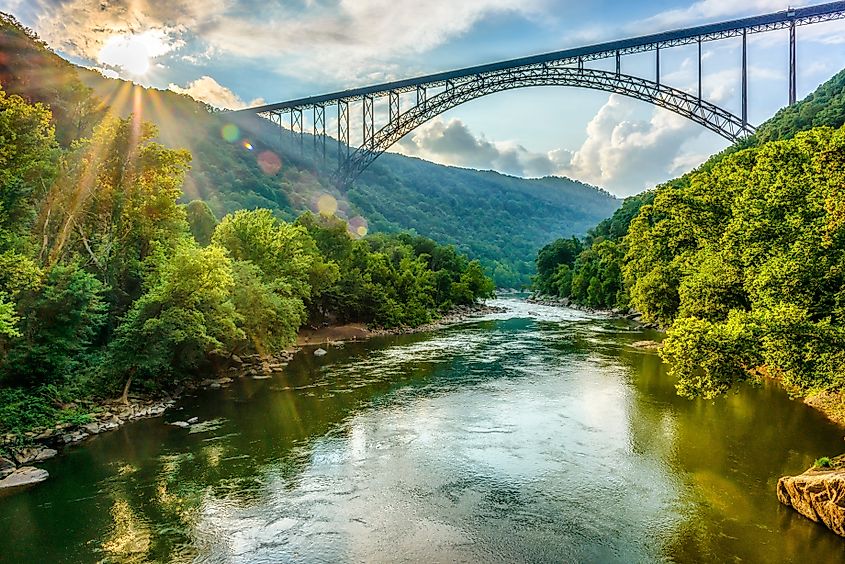
Towering 876 feet above the New River, the New River Gorge Bridge is one of the longest single-arch steel bridges in the world. Completed in 1977, it spans 3,030 feet and has become one of West Virginia’s most recognizable landmarks.
While the bridge itself is closed to pedestrian traffic, the Bridge Walk company offers guided tours along the catwalk beneath the structure—offering breathtaking views of the gorge below. And once a year, during Bridge Day on the third Saturday of October, the bridge closes to vehicle traffic and opens to BASE jumpers, rappellers, and spectators from around the world.
Q&A: New River Gorge National Park
What is special about New River Gorge?
It's one of the oldest rivers in North America, features dramatic Appalachian landscapes, and offers top-tier whitewater rafting and rock climbing.
Can you camp in the park?
Yes. There are eight primitive camping areas in the preserve and nearby developed campgrounds outside the park boundaries.
Is the New River safe for fishing?
Yes, it’s an excellent warm-water fishery, especially for smallmouth bass. A West Virginia fishing license is required.
When is the best time to visit?
Spring through fall offers the best conditions for hiking, rafting, and sightseeing. October is especially popular due to fall foliage and Bridge Day.
How do you access the bridge catwalk?
Through guided tours with Bridge Walk, which provides safety gear and expert interpretation along the way.
